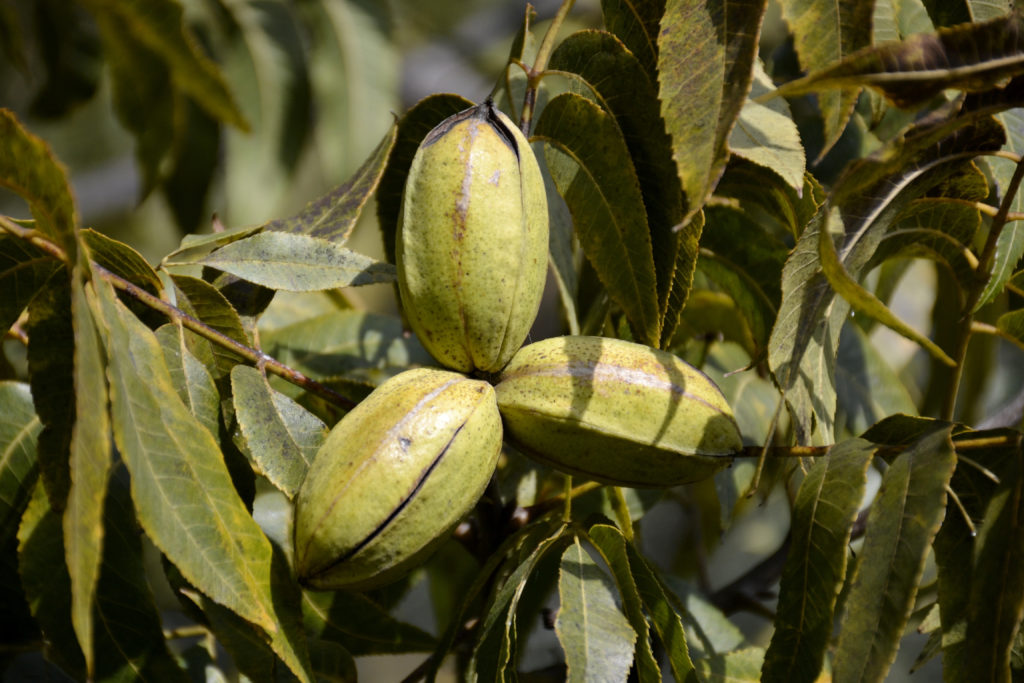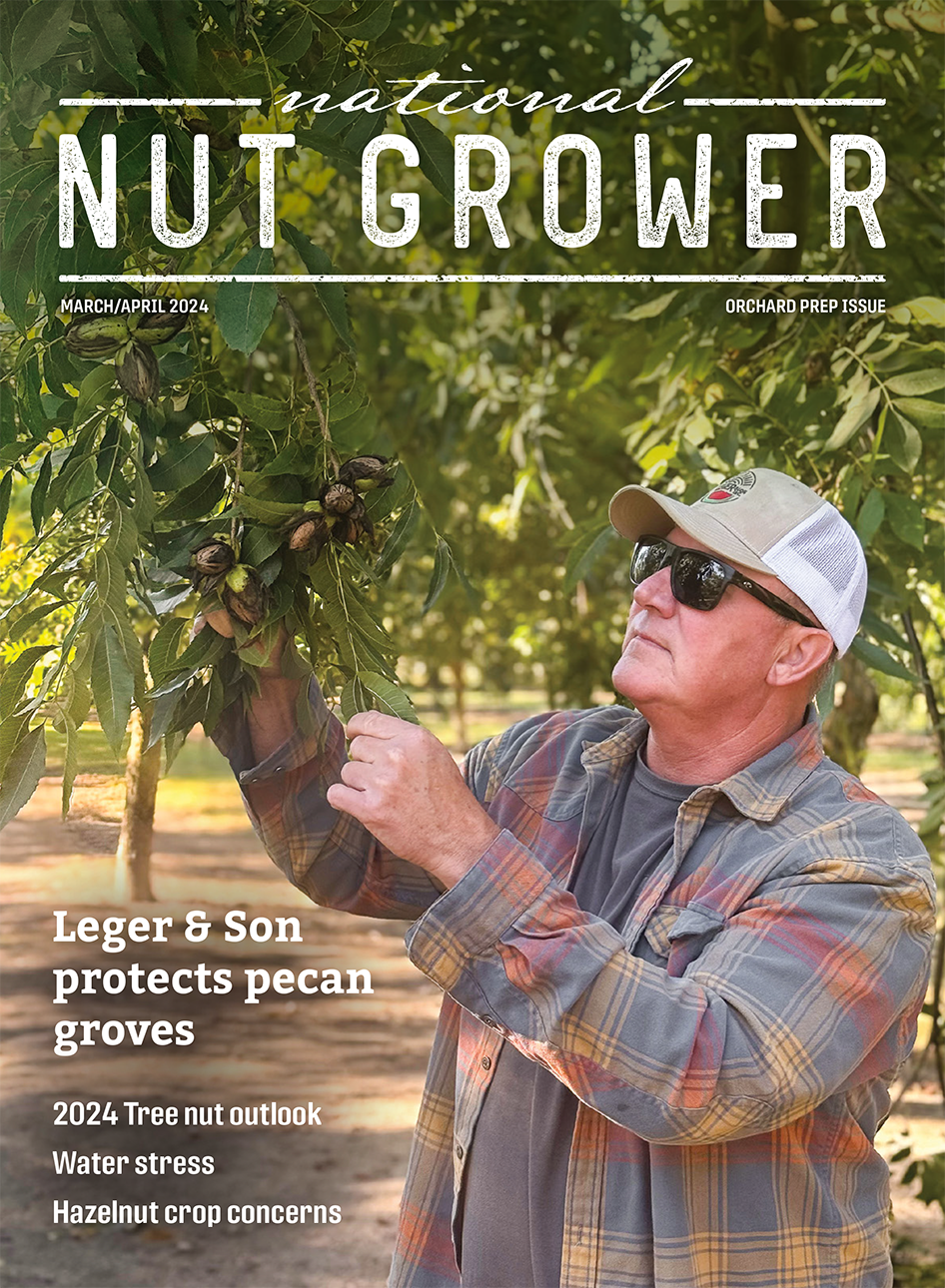
May 19, 2022Getting the most out of a low-input pecan orchard
First, there is no shame in managing your pecan orchard as a low-input operation. In some cases, it is the most sustainable and economical option. To be honest, the vast majority of the pecan acreage in Louisiana falls into this category. There is a fine balance, though. Low-input does not mean no input! No-input orchards are not viable. We can’t just expect money to grow on trees freely!
After numerous visits around the state, I have compiled many observations that can assist low-input growers in getting the most out of their inputs. They can be summarized in three points.
1) Have proper tree spacing! You may notice that I felt strongly enough about the first point to add an exclamation point at the end. Overcrowded orchards are the number one bane of pecan production Louisiana. The shortcomings of overcrowded orchards are numerous, but let’s take a moment to discuss some of the most glaring offenses. One of the worst things it does is create a dense canopy that traps humidity and reduces sunlight penetration. The demerits of this are two-fold. The main one is that it creates an environment favorable to pathogens of all types, in addition to making spray control applications much less effective. The dense canopy also makes lower limbs much less productive since they can’t receive adequate sunlight. If this continues for a significant amount of time, don’t be surprised if the tree starts to abort some of its lower limbs.
The solution to the first point is not identical for every grower; it varies from orchard to orchard. In some cases, you may need to perform an extreme tree thinning, with up to 50% of the trees meeting the chopping block. In other cases, like a mature orchard that has received some previous tree thinning, it may be more beneficial to start removing trees that are displaying signs of other maladies. In that case the thinning may not be uniform, and you may create micro-groves within your orchard.
2) Manage your orchard floor. This is the second point where I see the most neglect. If you let unmanaged vegetation get a foothold in your orchard early in the season, it will significantly reduce yields. Those weeds will happily steal water and nutrients that would have otherwise gone to your pecans. Unless you are actively growing clover, you should never let vegetation on the orchard floor reach a significant height.
Speaking of clover, I am a strong advocate of using it as a way to add fertility to your orchard system and reduce needed vegetation control methods early in the season. In most orchards I have visited with weak clover stands, we could go back to point one to isolate the primary reason why. Clover makes an excellent canary in the coal mine to be able to determine if you are getting adequate sunlight penetration. Don’t expect miracles from clover, especially in the first year. It may take a season or two before it gears up to significantly reduce needed nitrogen inputs.
3) Fertilize smarter, not harder. This concept will manifest itself differently based on your orchard’s growing environment. One practice that should be consistent among growers is regular soil testing combined with foliar tests. Hidden hunger is real, especially with pecans, it is not unusual to notice micronutrient deficiencies in mature orchards along with a disconnect on what it is in the soil and what is in the trees. Additionally, it is common for orchards in our state to be planted on land that is very low with a high-water table. If this is something you have in your orchard, the traditional fertilizer application time of prior to bud break may not be the most effective time for you. You will likely benefit from changing your application period to closer to when your orchard dries out, which could be as late as June or July for some.
I hope you have gotten something out of the teaser for my presentation at the Ark-La-Miss Tri-State pecan conference this June. I am eager to be able to visit with y’all in person more in-depth on these talking points. As always, if you find yourself in your orchard pondering how you are going to thin your trees or fertilize this season, feel free to give me a call and we can visit about it. You can email me at MPolozola@agcenter.lsu.edu or give me a call at my office at 318-427-2669.







